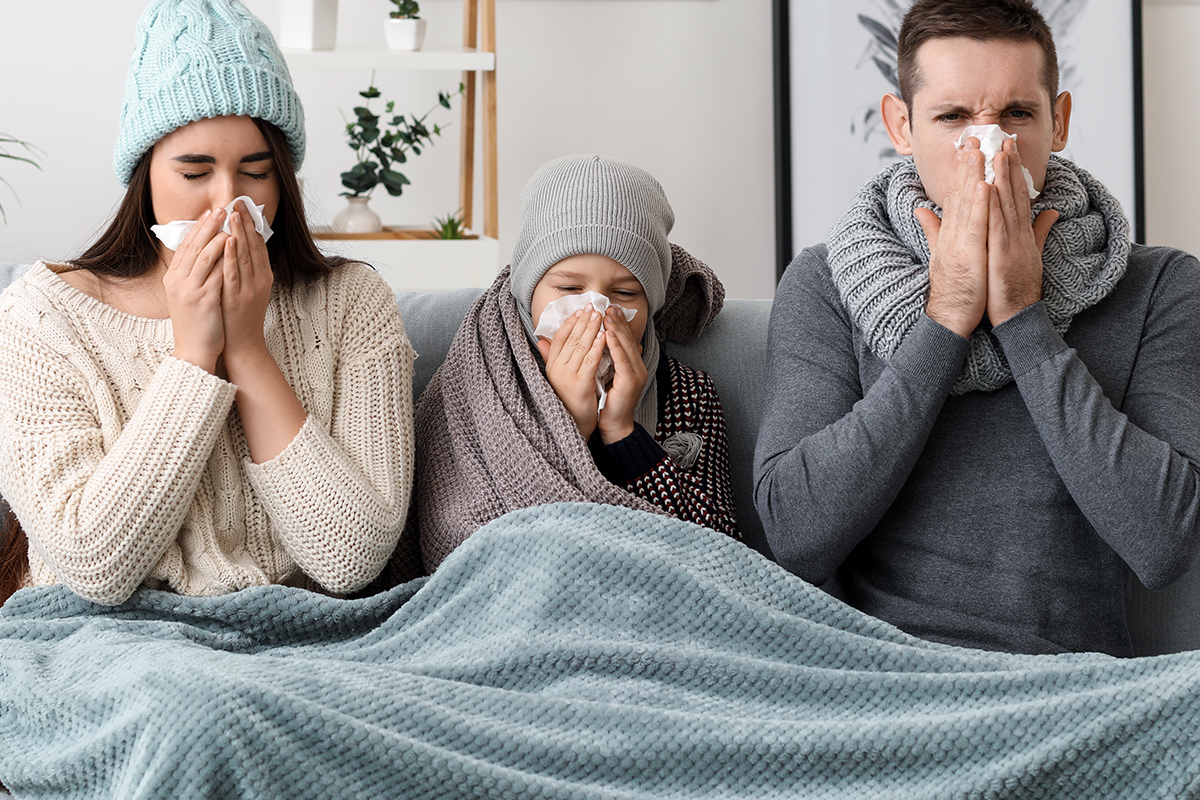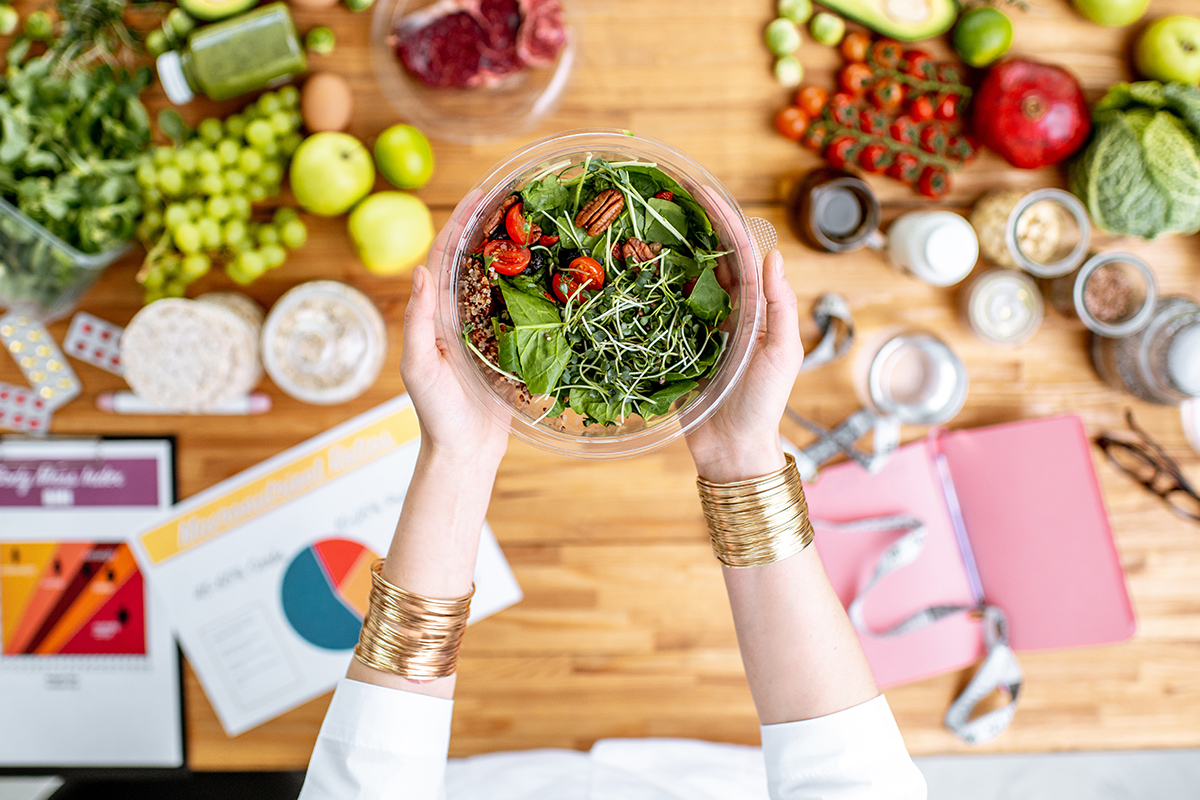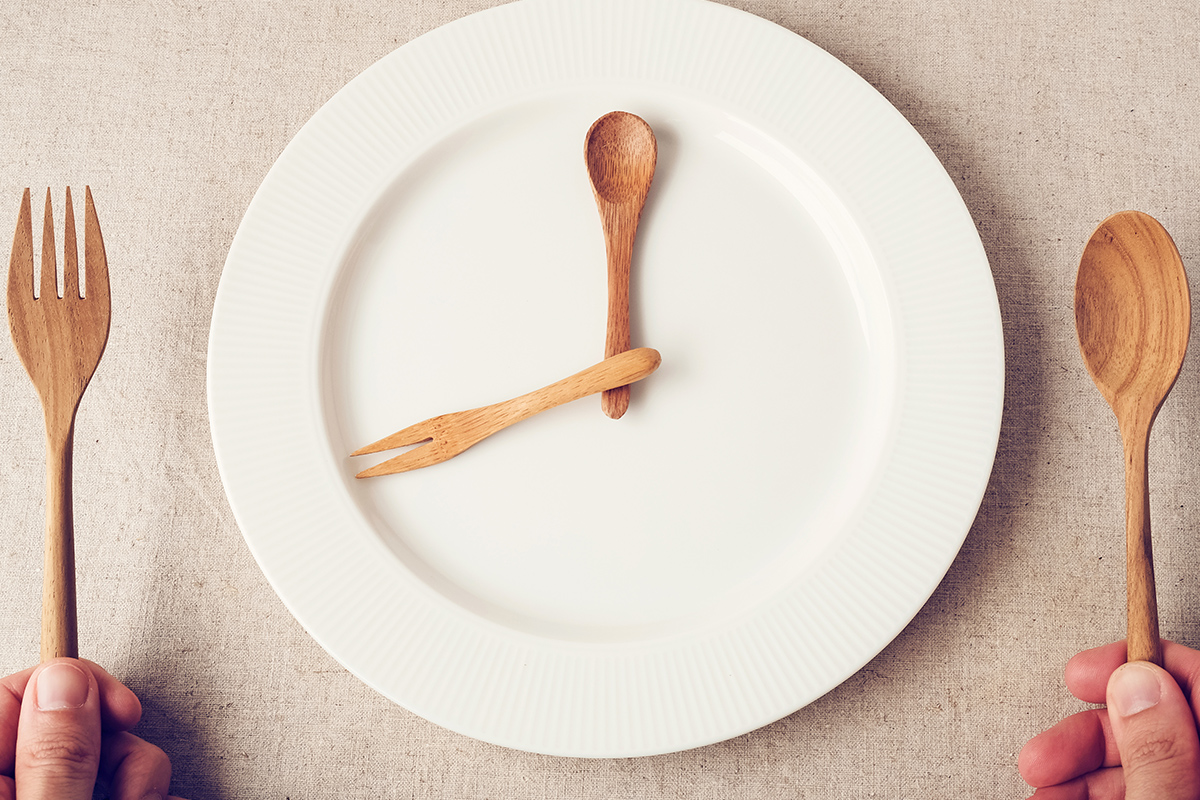If Game Day was your cheat day, and you’re feeling the pang of guilt, here are 5 healthy ways to recover from the splurge.

How to Fix Crepey Skin | Q+A

Question:
I work out 3 times a week and have crepey skin on my arms and legs. Increasing weights is not helping. Could I need more protein or just more weight? HELP. I’m 63 but skin is wrinkled like I’m 83.
– Jo C.

Answer:
Sagging and reduced skin firmness may be in part* the result of poor nutrition, but can’t easily be mended once the damage is done. See our articles New Year – New Skin! How to Eat to Get a Stunning Complexion – Part 1 and Part 2 for tips on prevention. Be sure you are getting sufficient fluid (1 ounce per 2 pounds body weight) and consuming healthy fats such as oils, salmon, tuna, avocado and nuts for healthy skin tone.
* sun damage, extreme weight shifts, genetics, smoking, aging and environmental toxins can also play a significant role in skin condition
– Debbie J., MS, RD
Want more? SUBSCRIBE to receive the latest Living Healthy articles right in your inbox!
This article should not replace any exercise program or restrictions, any dietary supplements or restrictions, or any other medical recommendations from your primary care physician. Before starting any exercise program or diet, make sure it is approved by your doctor.
Some questions have been edited for length and/or clarity.
Ask our Dietitian
 Have a nutrition question? Our registered dietitian is ready to help!
Have a nutrition question? Our registered dietitian is ready to help!
Email nutrition@lafitness.com or submit your question below and it may be featured in an upcoming article!
Recommended Reading
February Flu Prevention: At the Gym and at Home
Flu season hits its peak in February. Before the flu strikes (or strikes again), prepare yourself for a good fight with these flu prevention tips.
Compound Movements and Why You Should Do Them
Some exercises make more efficient use of your workout time. Click to learn how you can burn more calories in less time with compound exercises.











